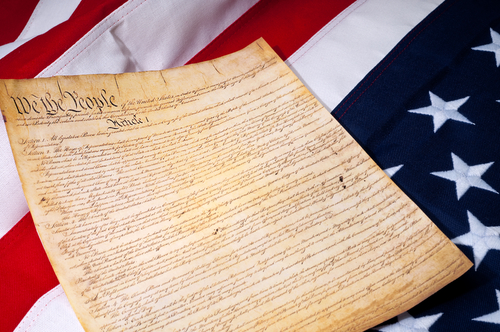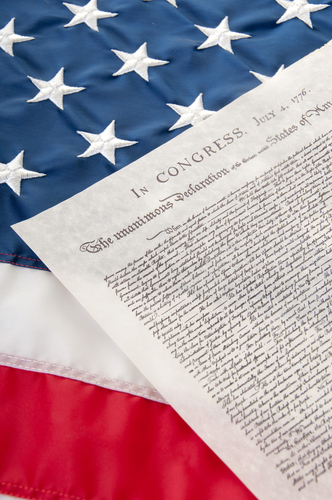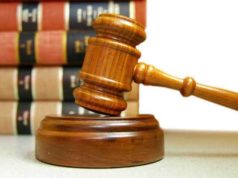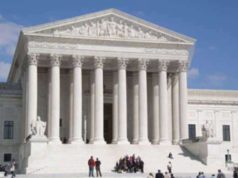Table of Contents
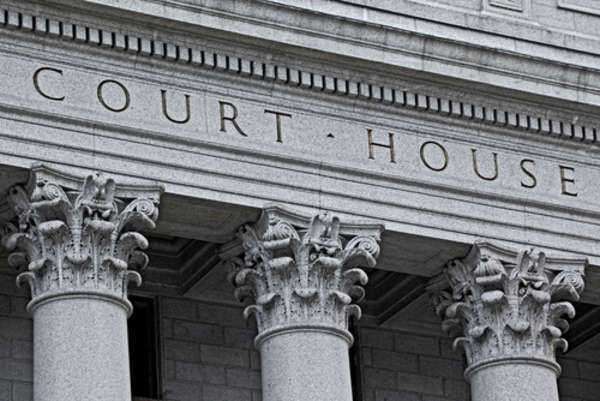
Overview of the 4th Amendment
The 4th amendment is a cornerstone of the United States Constitution. It is one of ten amendments that make up the Bill of Rights and it was ratified on December 15, 1791. This amendment protects citizens from unreasonable searches and seizures by the government. It states that, “The right of the people to be secure in their persons, houses, papers, and effects, against unreasonable searches and seizures, shall not be violated, and no Warrants shall issue, but upon probable cause, supported by Oath or affirmation, and particularly describing the place to be searched and the persons or things to be seized.”
The 4th amendment is rooted in the English legal tradition, which recognized the right of individuals to be secure in their homes and possessions. However, the 4th amendment takes this concept a step further by requiring the government to obtain a warrant before conducting a search or seizure. This warrant must be based on probable cause, which means that the government must have a reasonable belief that a crime has been or is about to be committed.
Significance of the 4th Amendment
The purpose of the 4th amendment is to protect citizens from arbitrary government intrusion. It ensures that individuals are not subject to searches or seizures without due process of law. The amendment also protects citizens’ privacy interests, which are essential to personal autonomy and freedom.
The significance of the 4th amendment lies in the fact that it creates a balance between the needs of law enforcement and the rights of citizens. It recognizes the importance of public safety and the need for law enforcement agencies to investigate crimes and gather evidence. However, it also recognizes the importance of protecting individual rights and liberties. The 4th amendment requires law enforcement agencies to follow procedures that guarantee citizens’ rights are not violated.
Impact on United States
The 4th amendment has had a profound impact on American history. It has been used in countless cases to protect citizens against abusive government practices. One of the most famous examples of this is the landmark Supreme Court case, Mapp v. Ohio, which was decided in 1961. In this case, the Court ruled that illegally obtained evidence could not be used against a defendant in a criminal trial. This decision was based on the 4th amendment’s requirement for a warrant based on probable cause.
The 4th amendment has also been invoked in cases involving the privacy rights of individuals. In United States v. Jones (2012), for example, the Supreme Court held that the government’s use of a GPS device to track a suspect’s movements constituted a search under the 4th amendment. The Court determined that the use of the device was an invasion of the suspect’s privacy and required a warrant.
The 4th amendment has also been used to protect citizens from unlawful arrests. In Miranda v. Arizona (1966), the Supreme Court held that individuals who are arrested must be informed of their rights. This decision was based on the 4th amendment’s prohibition on unreasonable searches and seizures.
Conclusion
Overall, the 4th amendment has played a critical role in shaping American society. It has helped to secure individual rights and protect citizens from abusive government practices. It has been used to protect citizens’ privacy interests, safeguard against unlawful arrests, and limit the power of law enforcement agencies. However, it is important to remember that the 4th amendment is not absolute. There are circumstances in which law enforcement agencies can conduct searches and seizures without a warrant, such as when there is an immediate threat to public safety. In these cases, the government must still meet the standard of “reasonable suspicion” and the action taken must be proportional to the threat.
In conclusion, the 4th amendment is an essential part of the United States Constitution. It protects citizens from unreasonable searches and seizures and ensures that the government follows due process of law. The 4th amendment has had a profound impact on American history, shaping the relationship between citizens and the government. It is a critical safeguard against government abuse and an essential protection of individual freedom and privacy.
Fourth Amendment: Searches and Seizures
What is the Fourth Amendment?
The right of the people to be secure in their persons, houses, papers, and effects, against unreasonable searches and seizures, shall not be violated, and no Warrants shall issue, but upon probable cause, supported by Oath or affirmation, and particularly describing the place to be searched, and the persons or things to be seized.
The Fourth Amendment Defined:
Like the majority of fields within American law, the Fourth Amendment is heavily rooted in the English legal doctrine. In a general sense, the Fourth Amendment was created to limit the power of the government and their ability to enforce legal actions on individuals. The Fourth Amendment was adopted as a direct response to the abuse of the writ of assistance, which was a type of general search warrant used by the government during the American Revolution. The Amendment was created to limit the powers of the law enforcement agency who is conducting a search of an individual’s personal property.
The Fourth Amendment is a part of the Bill of Rights, which are the first 10 Amendments to the United States Constitution and the framework to elucidate upon the freedoms of the individual. The Bill of Rights was proposed and sent to the states by the first session of the First Congress. They were later ratified on December 15, 1791.
The first 10 Amendments to the United States Constitution were introduced by James Madison as a series of legislative articles and came into effect as Constitutional Amendments following the process of ratification by three-fourths of the States on December 15, 1791.
Stipulations of the 4th Amendment
The Fourth Amendment guards against the government’s ability to conduct unreasonable search and seizures when the individual party being searched has a “reasonable exception of privacy.”
The Fourth Amendment specifically requires a law enforcement agency to possess judicially sanctioned search and arrest warrants, which are supported by probable clause, to be administered before a person’s property can be inspected.
The Fourth Amendment ties in numerous limitations whereby an individual may be searched without a warrant given the presence of certain circumstances. The individual’s property may be searched and seized if: The individual is on parole or in a tax hearing, faces deportation, the evidence is seized from a common carrier, the evidence is collected by U.S. customs agents, the evidence is seized by probation officers, the evidence is seized outside of the United States, or probable cause is evident.
Court Cases tied into the 4th Amendment
In Mapp v. Ohio, the Supreme Court ruled that the Fourth Amendment is enforceable and should be applied to all states in the Union by way of the Due Process Clause of the Fourteenth Amendment. Additionally, the Supreme Court ruled that certain searches and seizures were in direct violation of the Fourth Amendment even when a warrant was properly issued to the coordinating law enforcement agencies.
State Timeline for Ratification of the Bill of Rights
New Jersey: November 20, 1789; rejected article II
Maryland: December 19, 1789; approved all
North Carolina: December 22, 1789; approved all
South Carolina: January 19, 1790; approved all
New Hampshire: January 25, 1790; rejected article II
Delaware: January 28, 1790; rejected article I
New York: February 27, 1790; rejected article II
Pennsylvania: March 10, 1790; rejected article II
Rhode Island: June 7, 1790; rejected article II
Vermont: November 3, 1791; approved all
Virginia: December 15, 1791; approved all


